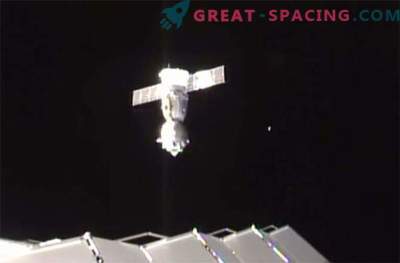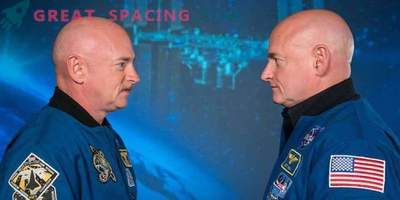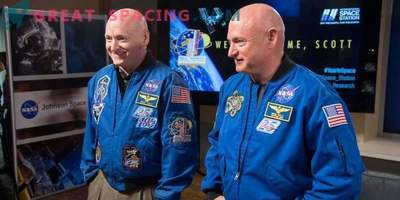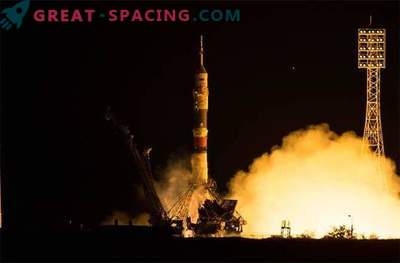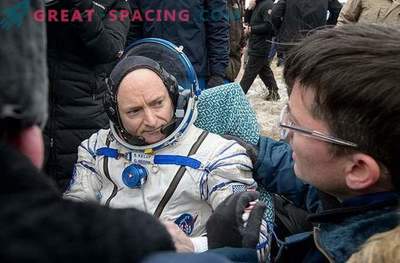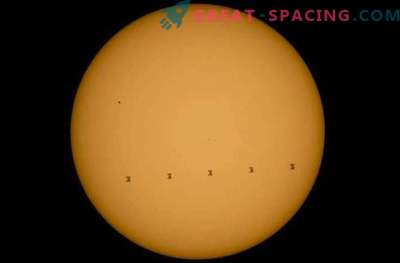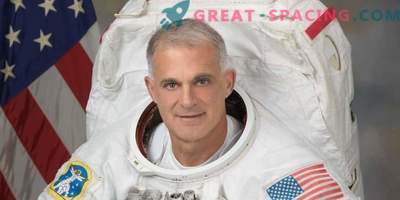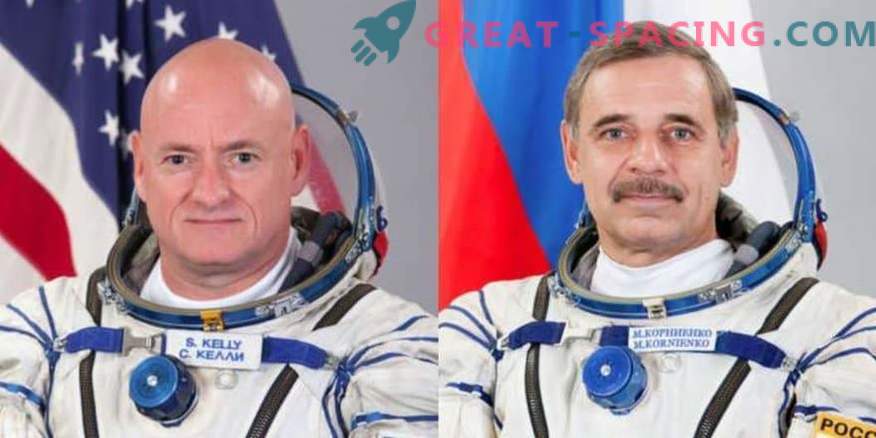
Astronaut Scott Kelly and cosmonaut Mikhail Kornienko spent 11 months in space to help scientists understand how long space flights can affect the human body
From March 2015 to March 2016, the astronaut spent more than 357 hours on injections and testing, demonstration of personal diary entries and long workouts. All in order to demonstrate the conditions of life on the International Space Station and their impact on the human body.
We are talking about the astronaut Scott Kelly. Together with his Russian counterpart Mikhail Kornienko, he spent 340 days in space as part of NASA's first attempt to understand how a prolonged absence of gravity affects the human body. Both men returned to Earth almost 3 years ago, but researchers are still trying to derive the main data.
One can see most clearly how little NASA knows about the body's reactions to such critical conditions: before launching Kelly, not a single American astronaut had ever stayed in space for more than 6 months in a row. Therefore, the agency strongly needed data. It is worth noting that in Russia, 6 cosmonauts were sent to Mir station for 300 or more days, but they do not provide wide access to the data. Therefore, before the flight, scientists came up with a set of 17 different studies in which both men participated. This was supposed to show how fluids move through the body in microgravity conditions, the level of sleep quality, and how microbial groups changed inside and outside. At the end of the mission, it was possible to observe how the bodies of the crew members reacted to a long space flight. You can also compare measurements with data collected earlier in shorter missions. In addition, Kelly’s scores are compared to his twin brother remaining on Earth (Mark Kelly).
But with this project, not everything is smooth, because before us are two men of approximately the same age and race. In addition, the 11-month flight does not meet the deadlines, it is necessary for the flight to Mars. But scientists are convinced that this is an important start for future larger research.
In the future, they plan to launch people for a longer period and use the same procedures and tests that they used for Kelly and Kornienko, but in a broader sense. It may already be 10 astronauts during the one-year mission, 10 people for 6 months of flight and another 10 crew members for 2 months on the ISS.

